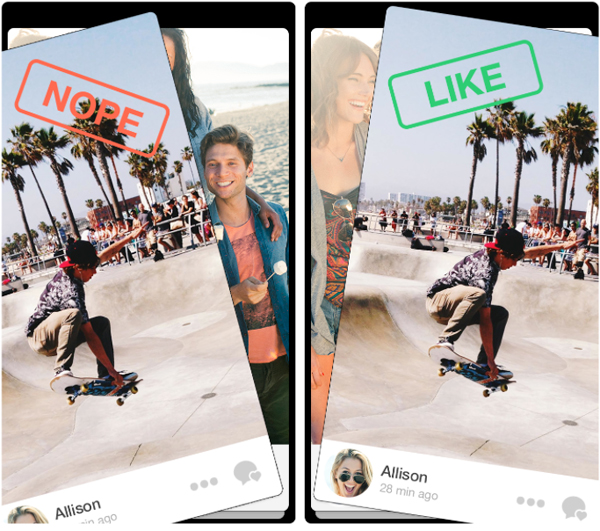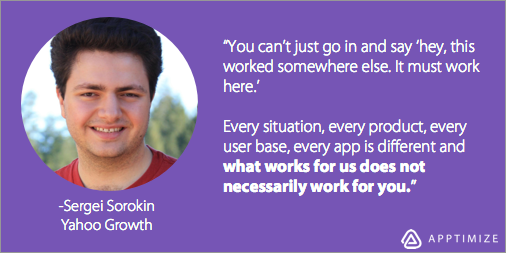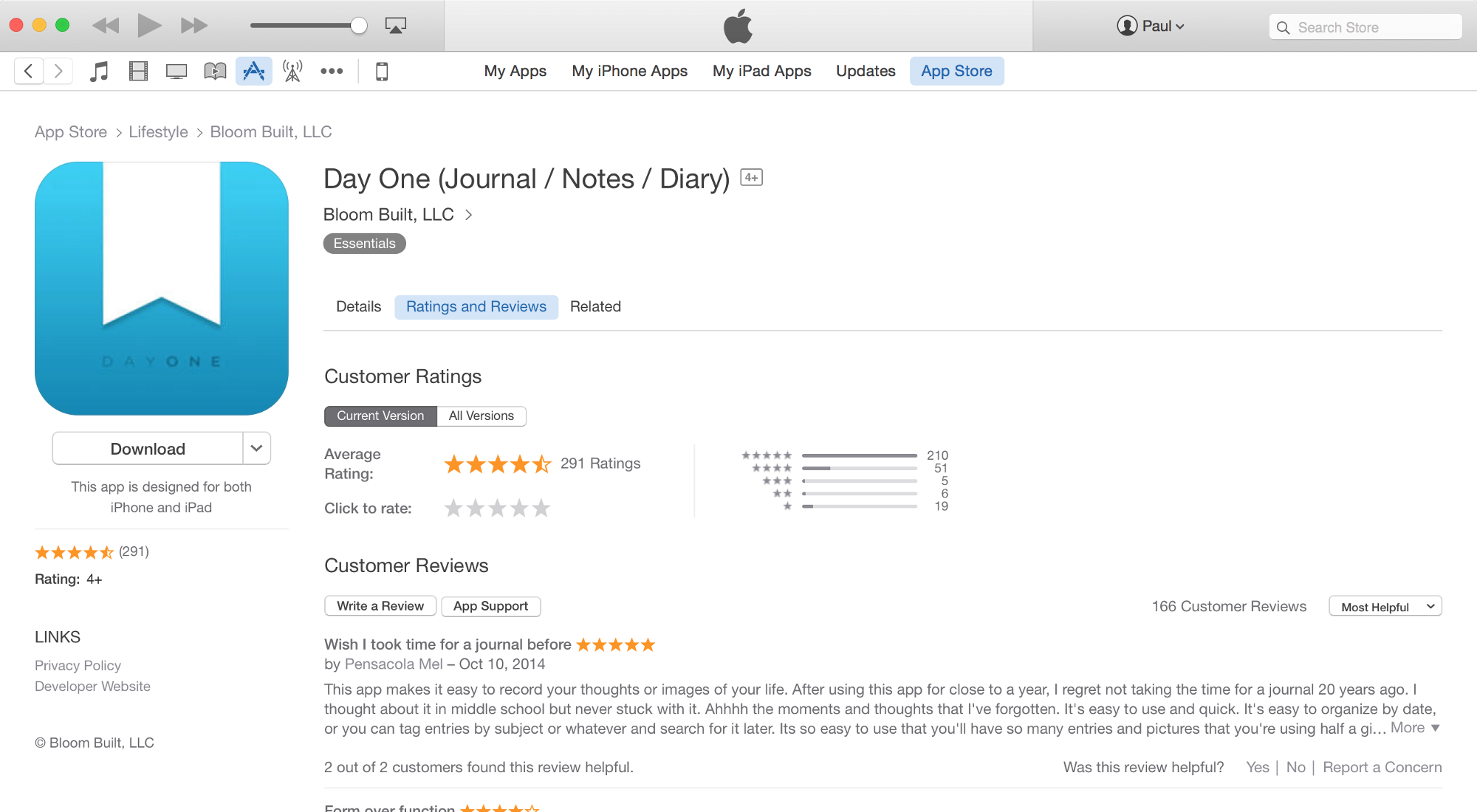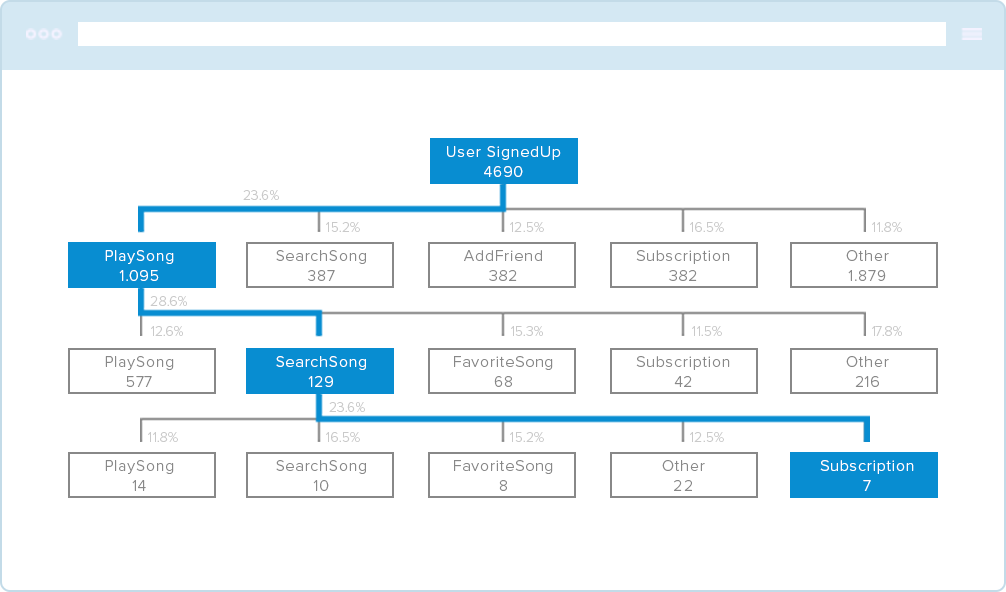Nothing Is Defensible on Mobile, Except This

Let’s admit it, it’s not hard to copy features. Ethically…well…that’s another question altogether. Whenever some new mobile trend comes along, people are pretty quick to jump on the bandwagon. Look for example, at the success of Tinder. Since its introduction into the mainstream, many apps have…let’s say repurposed…their swiping feature. The same thing happens with hamburger menus, tutorials, gamification features, or anything else you can build. If you create a successful feature, it won’t be long until you notice other apps using the same techniques.

This is going to happen, and there’s little we can do to prevent that. Nowadays, there’s not much that can’t be reverse engineered. With this in mind, the question becomes, “how can we still be competitive in such a crowded space?”
The key to success is building a competitive advantage by prioritizing learning. The better you understand your them, the better you can serve their needs. That understanding helps teams learn how their product is being used, what drives certain user behaviors, and gives key insights into what features and changes will provide maximum value for your users.
Prioritize Learning
Instead of making poor assumptions about users, you can use data to hone in the keys that drive user behavior. Leveraging that data allows you to build products and features that are more closely aligned to what users want and help drive engagement and retention in the long term.

Prioritizing learning also gives you a clear direction for your app. You’ll understand how your app fits into their lives, and identify different uses and opportunities for app growth. Doing so helps you anticipate and meet their ever evolving needs. Maybe best of all, that learning can’t be copied. It’s a powerful competitive edge that’ll reap perpetual benefits.
Methods for Learning
“Users find it challenging to effectively describe what a mobile app needs to do. As a result, the traditional practice of having a business analyst sit down with the mobile app end users – to define requirements for a new mobile application normally fails.”
– Van Baker, Research VP at Gartner
So now the question is, how do we go about learning about our users? According to Gartner, traditional methods such as user interviews don’t work that well, because users do a poor job of describing what they want/need from an app. Instead of doing the traditional interview, here are qualitative and quantitative methods you can implement to deepen your understanding of your users.

App Reviews (Qualitative)
These are the obvious first place to look. With any app, reviews on Google Play and the App Store are one of the first places you should comb through for qualitative feedback about your app. You can see exactly what users are complaining about, and compile them to prioritize the biggest gripes. Teams should take special care to listen to reviews, as these are the individuals who felt strongly or negatively enough to take time out of their day to give feedback.
While the App Store doesn’t allow you directly communicate with reviewers, there are techniques to do so. Most notably is this one described by Paul Mayne of the DayOne app. In his article, Mayne shows how he’s been able to follow up with reviewers to learn more or update them about new features they’ve been waiting for.

App Analytics (Quantitative)
Analytics help by revealing actual user behavior in your app. Having this quantitative data allows you to see exactly how users interact with your app, such as the flow shown above. Using an analytics platform such as Amplitude will help you twofold: it’ll give you an objective view of what users do in your app, and will help you hone in on where you can improve the experience.
Another method that almost every mobile can easily do is to set up conversion funnels to see how users are behaving in your app. Doing so allows you to see how users are flowing through your app, where the drop-off points are, and hypothesize about why that may be. Once you have a hypothesis, you’ll be able to test them out using user testing or A/B testing to validate your hypothesis for a deeper understanding of why your users behave a certain way. Analytics help you hone in on the pain points, while testing helps you determine why they’re pain points.

A/B Testing (Quantitative)
Truly great mobile companies have one thing in common: they A/B test changes to their apps. This is what hugely successful apps such as Facebook, Uber, HotelTonight, Vevo, Trulia, and many others do to ensure they’re not making poor assumptions about their users. A/B testing allows them to test a hypothesis and get quantitative data on how specifically it affects user behavior.
When these teams want to test a new feature, they use A/B testing to test a minimum viable product on a small percentage of their users. This allows them to pilot a new feature and maximize learning from real users, without affecting a large portion of their user base. The results they get tell them whether or not their hypothesis about how a change will affect user behavior is correct or not and gives them hard data to show for it.

User Testing (Qualitative)
One of the best ways to get detailed qualitative feedback is through user testing. This allows teams to evaluate users’ reactions toward a prototype or product, as well as ask specific, directed questions to figure out the reasons why. Companies such as UserTesting allow you to not only test app features, but also allow you to test prototypes or even sketches of apps. This is a common tactic utilized by many teams, including HotelTonight.
The team at HotelTonight conducted user tests on a regular basis, inviting users and non-users to their offices every 2 weeks to test out whatever they were working on. This regularly scheduled testing made sure that the team was constantly getting feedback about their products, and helped validate their ideas before they pushed them out to all their users.
“[Testing] is really important to building great customer experiences because if we build in a black box without getting any kind of feedback, what pops out almost never hits the markets.” – Audrey Tsang, Director of Product at HotelTonight
Wrap Up
These four are just a few of many ways mobile teams can gain a deeper understanding of their users. By using this techniques, teams can avoid making poor assumptions and generate a competitive advantage that perpetually helps them build better and better products for their users. The key is simply learning.
To read more about how to gain a deeper understanding of your users through testing, check out our eBook: The Definitive Guide for Mobile App Optimization, where we dig into how top teams create and test hypotheses to build better products for their users.
Thanks for
reading!
More articles you might be interested in:
Reducing Call Center Costs with a Mobile App?
Executives face an ongoing challenge of creating amazing customer experiences while also keeping costs at bay. This tug of war between satisfying customers and reducing costs takes center stage in stores, branches, and call centers. In particular, organizations have typically...
Read MoreHow to Gain and Engage Mobile Users
Is paid user acquisition the only way to get substantial users in this mobile ecosystem? Why even pay for downloads if those users don’t stick around? What are the best ways to create virality? Apptimize CEO, Nancy Hua, speaking at...
Read More7 Things to A/B Test in Your Mobile App
We hear from customers that planning out your second, third, and fourth A/B tests is one of the hardest things to. Many app managers have a first test in mind when they start experimenting and planning out a series of...
Read More